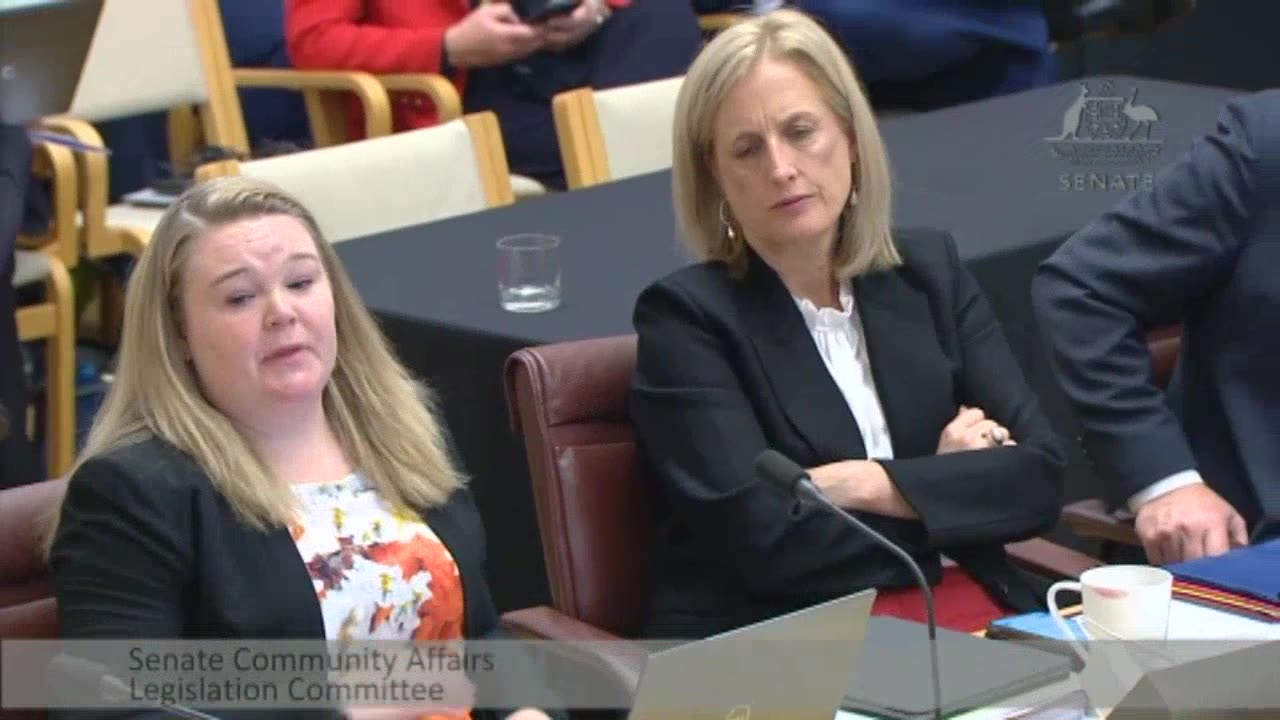The woke and under-fire boss of Department of Parliamentary Services (DPS) has installed 58 electric vehicle chargers at Parliament House, using $2.5 million of your money. This is despite only 2.8% of the vehicles in Canberra (the wokest city in Australia) being able to use the chargers.
I find it concerning that I needed to remind DPS Secretary, Rob Stefanic, that the money he’s using for these chargers belong to Australian taxpayers, not a pot of money that replenishes magically. His “out of touch” attitude regarding the chargers he’s installing and the origin of the funds is troubling.
Transcript
Senator Roberts: Let’s move on to electric vehicle chargers. I’d like to return to the 58 electric vehicle chargers—that’s 58—that you’ve installed, Mr Stefanic, at Parliament House. Can I confirm you haven’t installed any petrol or diesel pumps?
Mr Stefanic: No, we have not.
Senator Roberts: So 2.8 per cent of the vehicles registered in Canberra are electric vehicles or plug-in hybrids. It seems to be a weird policy priority to spend $2.5 million on installation of EV chargers. Do you think your policy is out of touch with the reality of the types of vehicles that are in use in the ACT and Canberra?
Mr Stefanic: Sometimes planning for a future state is important, and, given the take-up of electric vehicles within the country and particularly the rate of take-up within the ACT, I would have thought it to be prudent planning.
Senator Roberts: What is the mix of seven-kilowatt and 22-kilowatt chargers? How many of each are installed?
Mr Stefanic: I’d have to take that on notice. I’m not across the technical aspects of it.
Senator Roberts: Thank you. As to question on notice 114, your cashflow statement is anticipating $160,000 in employee expenses and nearly $170,000 in the following year. Why do Australian taxpayers need to pay $330,000 in employee wages over the next two years for these EV chargers?
Mr Stefanic: The business case for the chargers is a cost-recover over the long term. So, while it is an initial investment of Commonwealth funds, there is a recovery anticipated as part of that.
Senator Roberts: So Commonwealth funds come from taxpayers, or loans.
Mr Stefanic: They come from consolidated revenue, yes.
Senator Roberts: Which comes from taxpayers. It’s a bit of a concern that it seems to be awkward to actually admit that it comes from taxpayers. Charging lithium batteries is a fire safety risk. Who did the assessment of the fire safety risk and mitigation for these chargers? Can you please provide those details on notice.
Mr Stefanic: I know that all the appropriate engineering approvals were obtained, but I can get that detail for you on notice.
Senator Roberts: I’d like to know who did the assessment in particular of the fire safety risk and mitigation. What is the plan if a charging station charging vehicles catches fire? Firefighters are telling us, all over the world, that they are nearly impossible to extinguish.
Mr Stefanic: I believe all relevant risks were considered during the engineering assessment of the charging facility, but otherwise I’d have to take the detail of that question on notice.
Senator Roberts: Yes, please. Are you introducing a fire risk by installing 58 of these chargers into Parliament House, given the difficulties of putting out lithium fires? Perhaps take it on notice.
Mr Stefanic: Yes, I will take that on notice.
Senator Roberts: Given that only 2.8 per cent of the vehicles in Canberra can use these chargers, I think it is completely out of touch to spend $2½ million of taxpayers’ money on 58 of them at Parliament House. There are far more important things to be spending money on.










